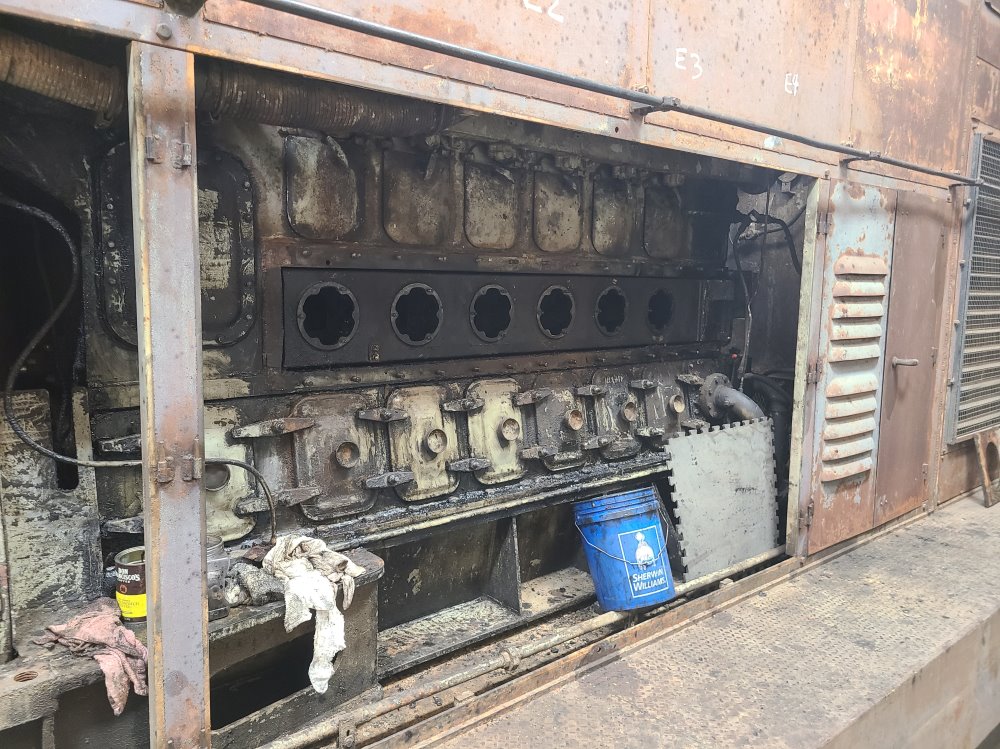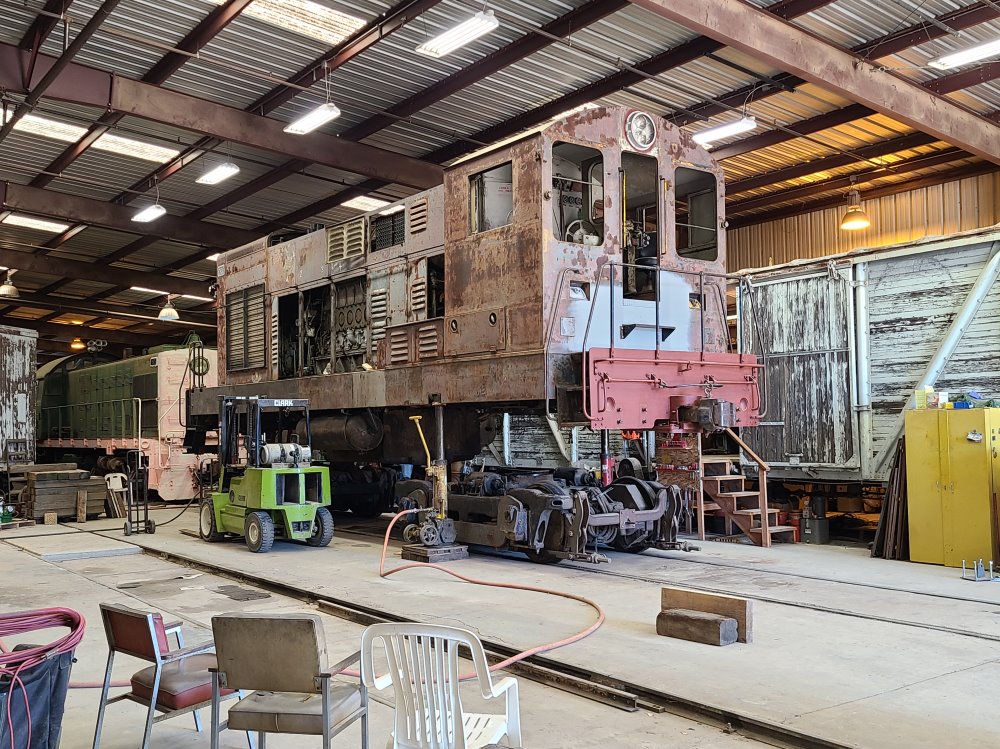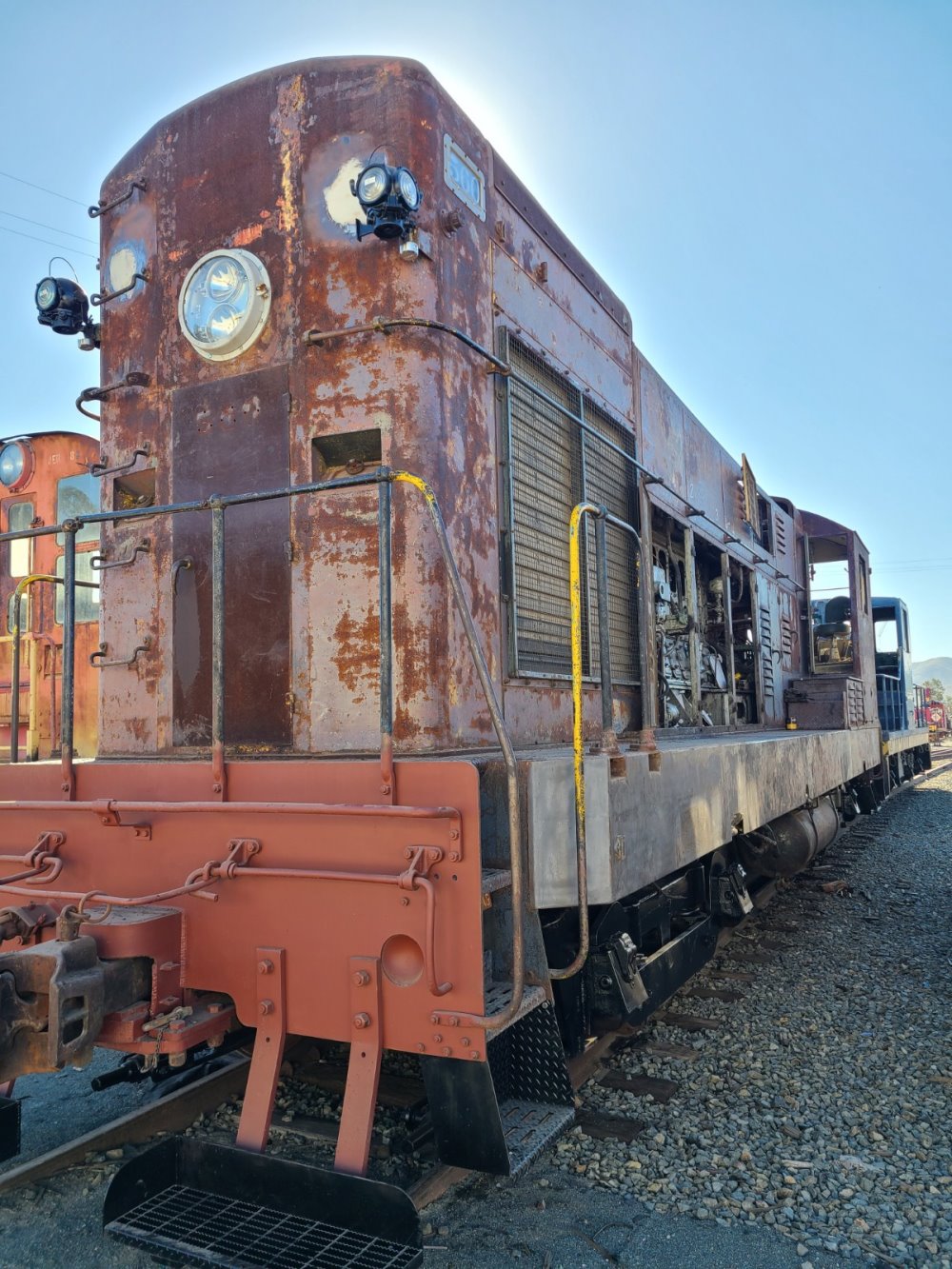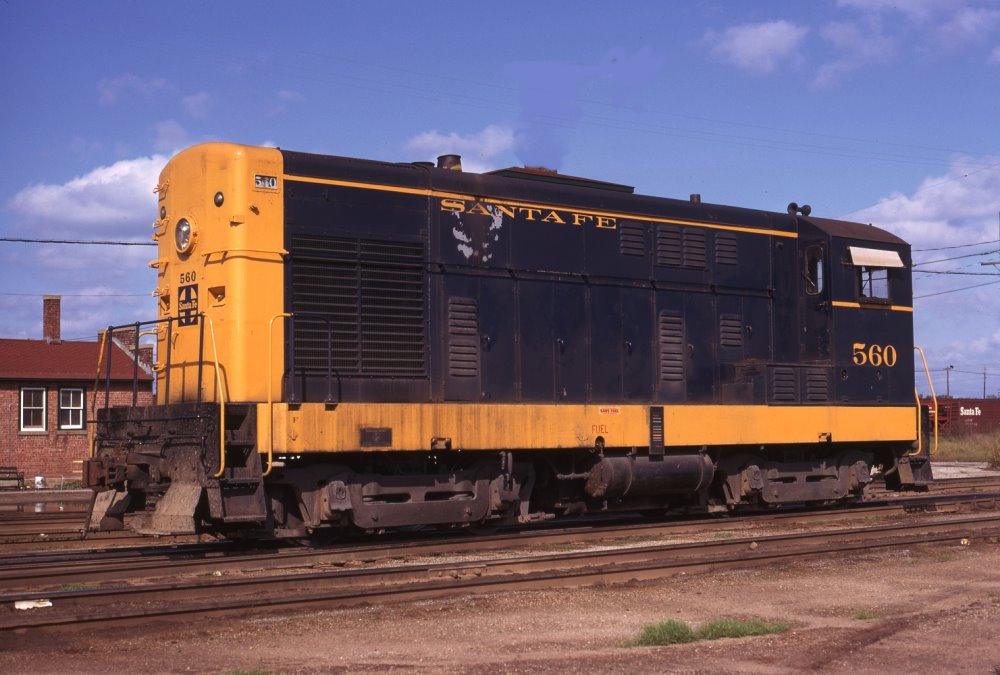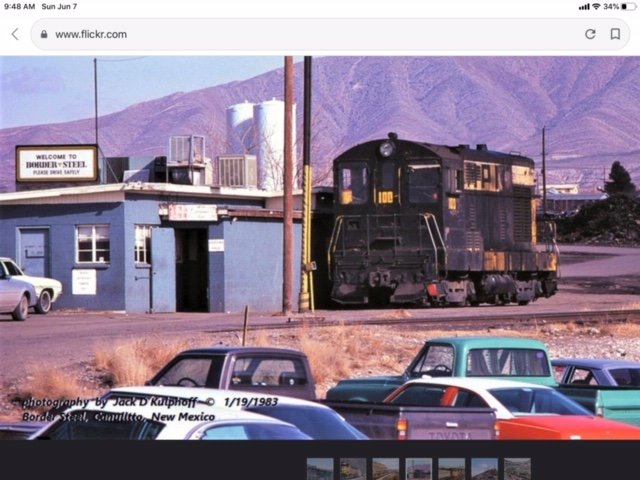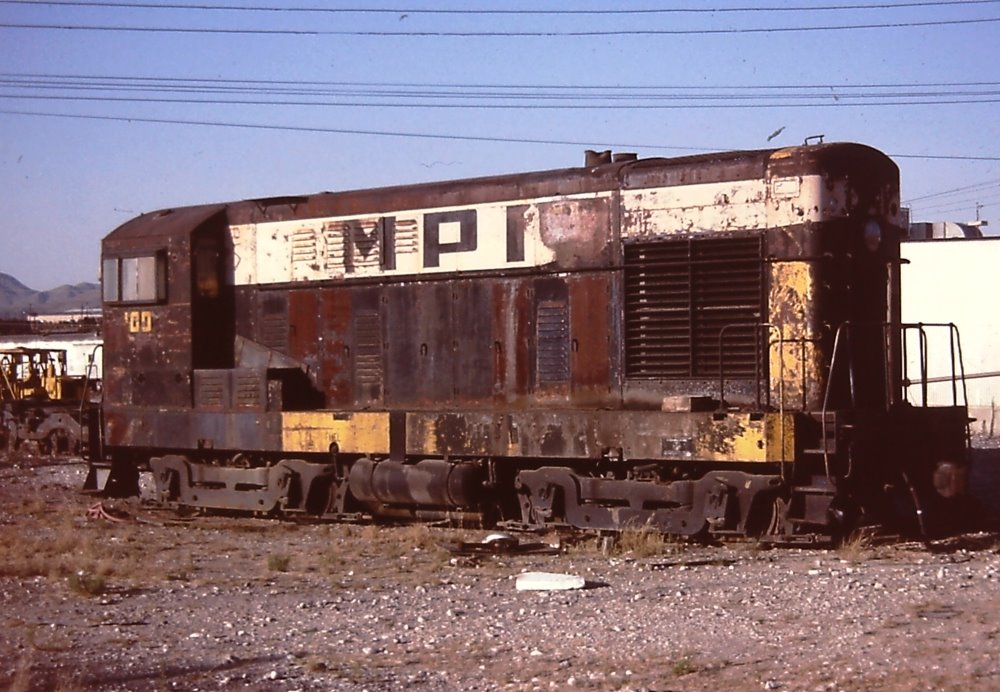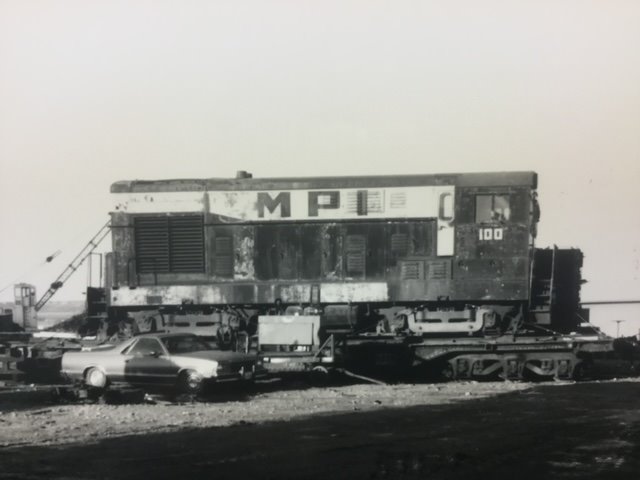Diesel Service Report, November 20, 2022
Ray Ballash
Ray Ballash passed away this past Friday. For those of us that knew him, he was a gentle soul that offered to help anyone that needed assistance. Ray and 12 others started the museum in June 1956. The group needed to assign membership numbers to the group of 13 so they decided to draw numbers to see what number each of them would be assigned. Ray picked #1. Officially he was the first member of the museum. Now, 66 years later, Ray is no longer with with us. He will be fondly remembered by all.
Ray Ballash died Friday evening at 9:00. He was 86.
Ray was just 20 years old in 1956 when he became one of the 14 founding members of the Orange Empire Traction Company, which later morphed into the Orange Empire Trolley Museum, Orange Empire Railway Museum, and ultimately today’s Southern California Railway Museum. Because his last name fell at the top of an alphabetical listing of the founding members, he ended up as member #1.
Ray served as museum president and as a member of the Board of directors. He was a generous supporter and in the early years was often the difference between acquiring a piece of rolling stock for the collection and seeing it go to scrap.
Ray’s mind was still sharp right up to the end and he loved to tell stories about the early days, about touring railway museums in other parts of the country, and about interesting personalities he met. One of his favorite questions in recent years was, “How did we succeed?” Only four of the 14 founding members were 21 or older when they formed OETC in 1956. The rest were in their teens or were 20 years old. They were too young and naive to know it couldn’t be done, so they just went ahead and did it.
Only three of the founders are still with us: Ken Harrison (#5), Harvey Laner (#7), and Dean Park (#10). Harvey and Dean both worked the Day Out With Thomas event this month. Ken resides in Northern California.
Arrangements for a funeral/memorial are in the works. I will spread the word when more is known. I will write up a biography/obituary of Ray to hopefully be included in the Whistle Stop online newsletter and maybe even the Gazette.
Paul Muehlebach
SF560 Restoration Project
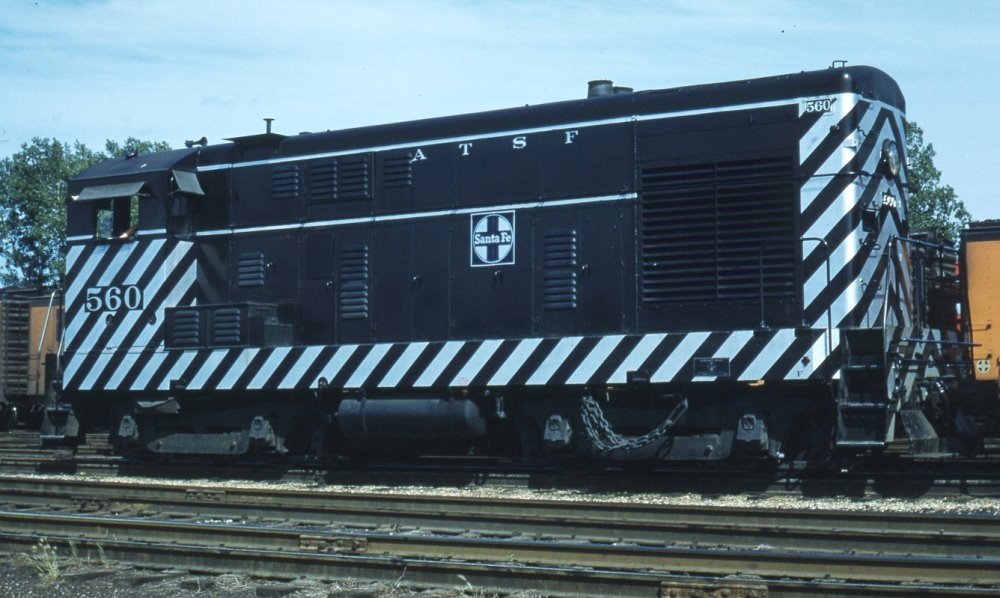
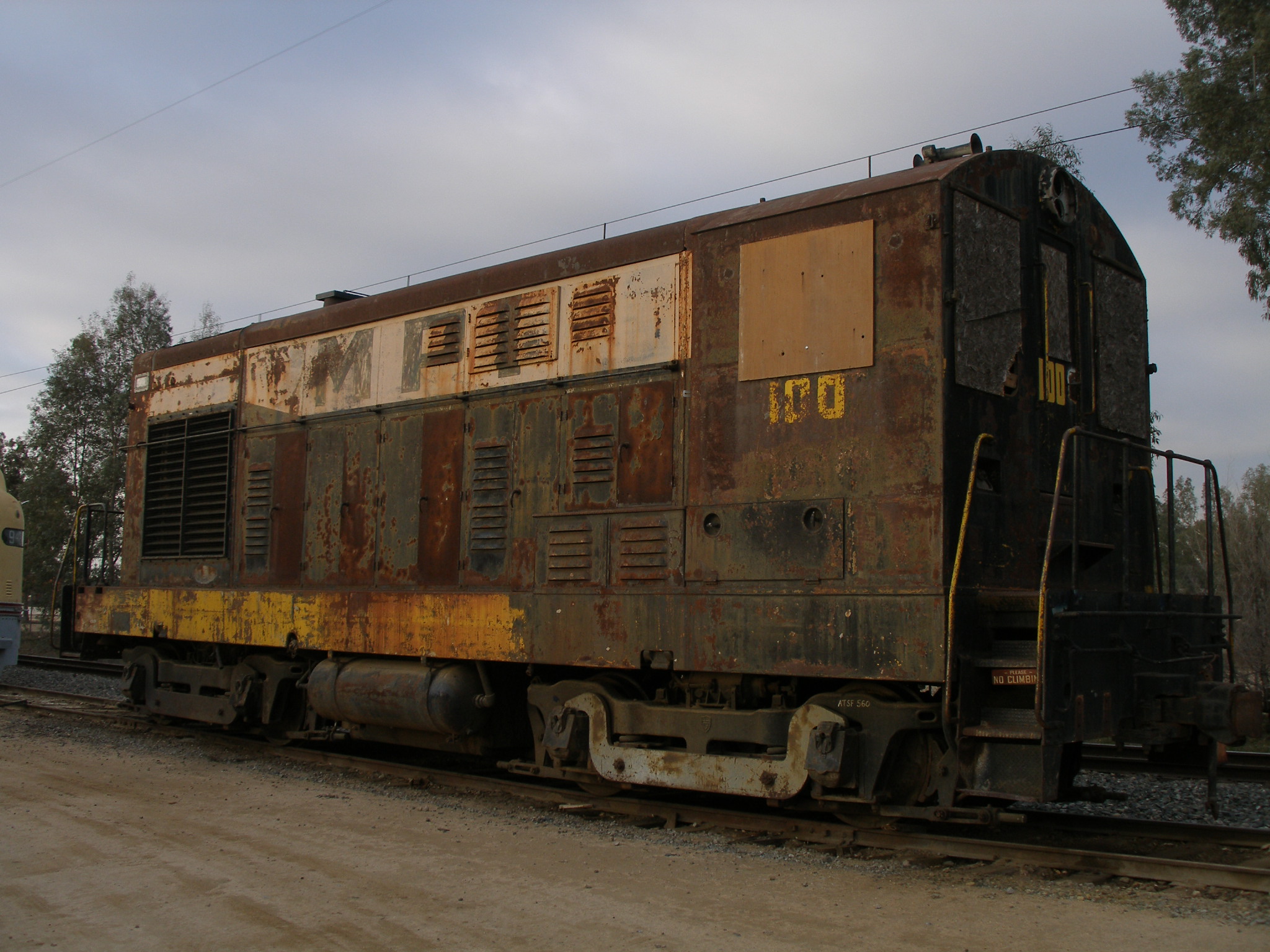
OLYMPUS DIGITAL CAMERA
